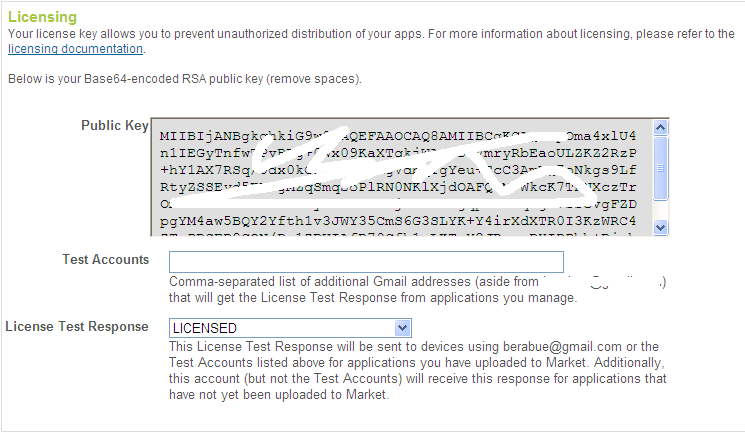Hi!I'm SippDa!
This is Rainy Street LWP.
This screen is LWP + free icons.
Please visit this website.
http://blog.naver.com/vc7148
And now Free Download icons.
Please search for RainyStreet LWP on the market.
or
scan
QR code
People of raining streets.
One by one, like an afterimage appears.
When you slide the screen
Is like a ghost disappeared.
please love it.
Right now.
*************************************************
How to install
menu>wallpaper>LiveWallpaper.
and Select each LWP.
This is Rainy Street LWP.
This screen is LWP + free icons.
Please visit this website.
http://blog.naver.com/vc7148
And now Free Download icons.
Please search for RainyStreet LWP on the market.
or
scan
QR code
People of raining streets.
One by one, like an afterimage appears.
When you slide the screen
Is like a ghost disappeared.
please love it.
Right now.
*************************************************
How to install
menu>wallpaper>LiveWallpaper.
and Select each LWP.
android, Live Wallpaper, free icon, 안드로이드, 라이브월페이퍼, 핸드폰 배경화면, 핸드폰 아이콘,
공짜 아이콘













